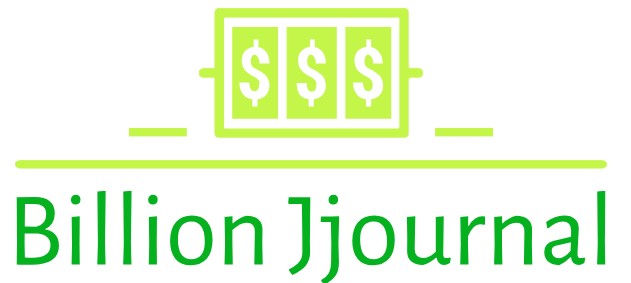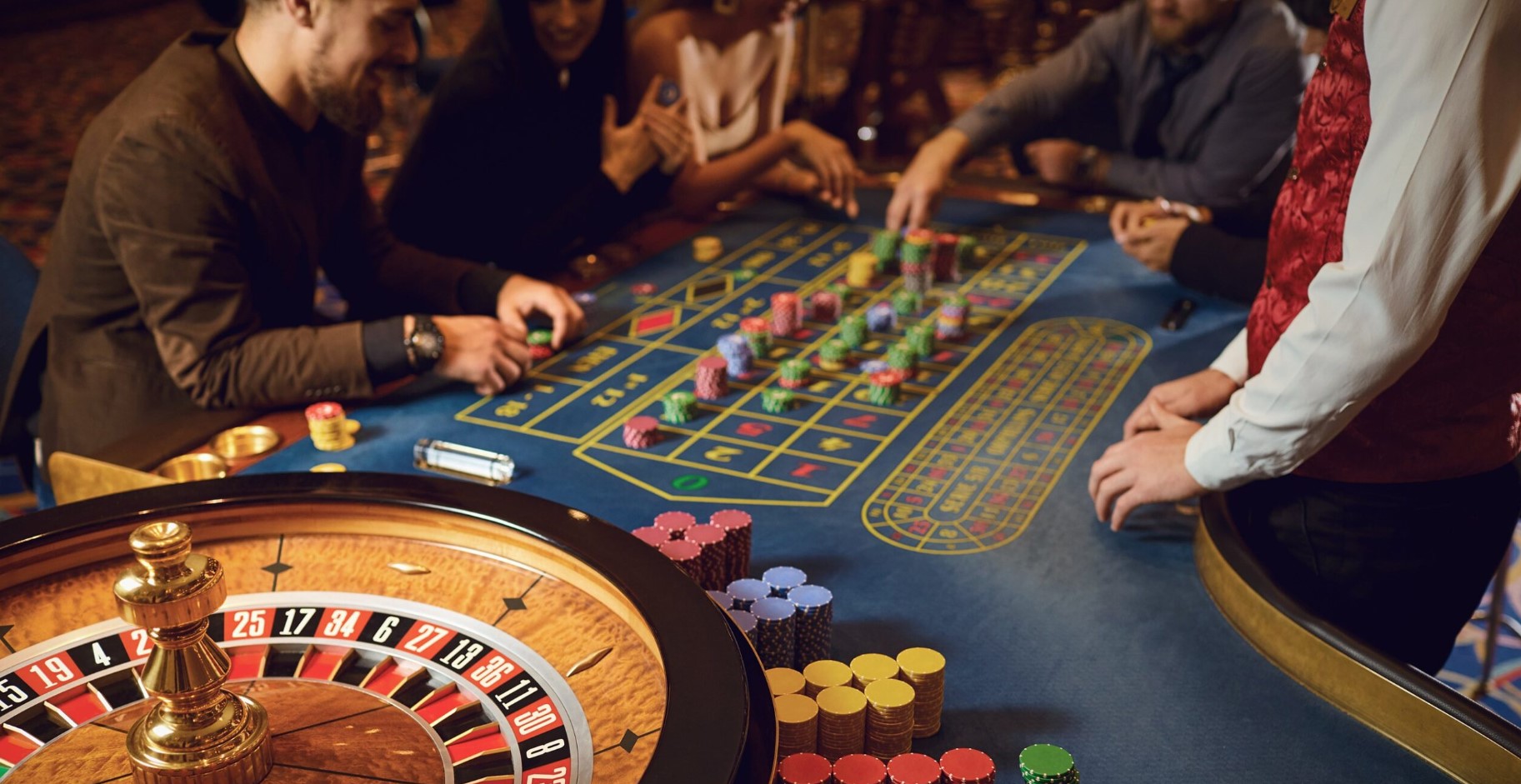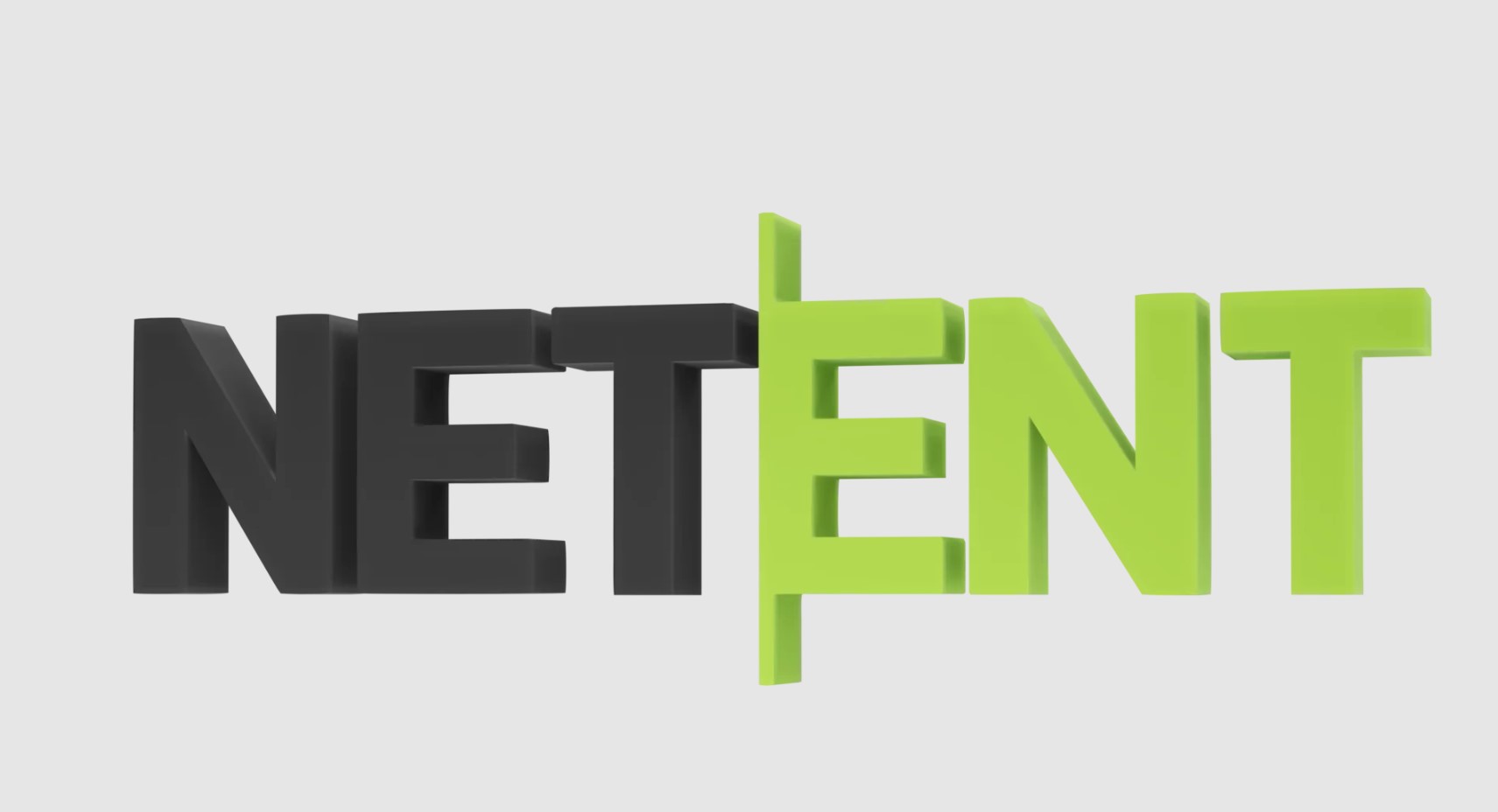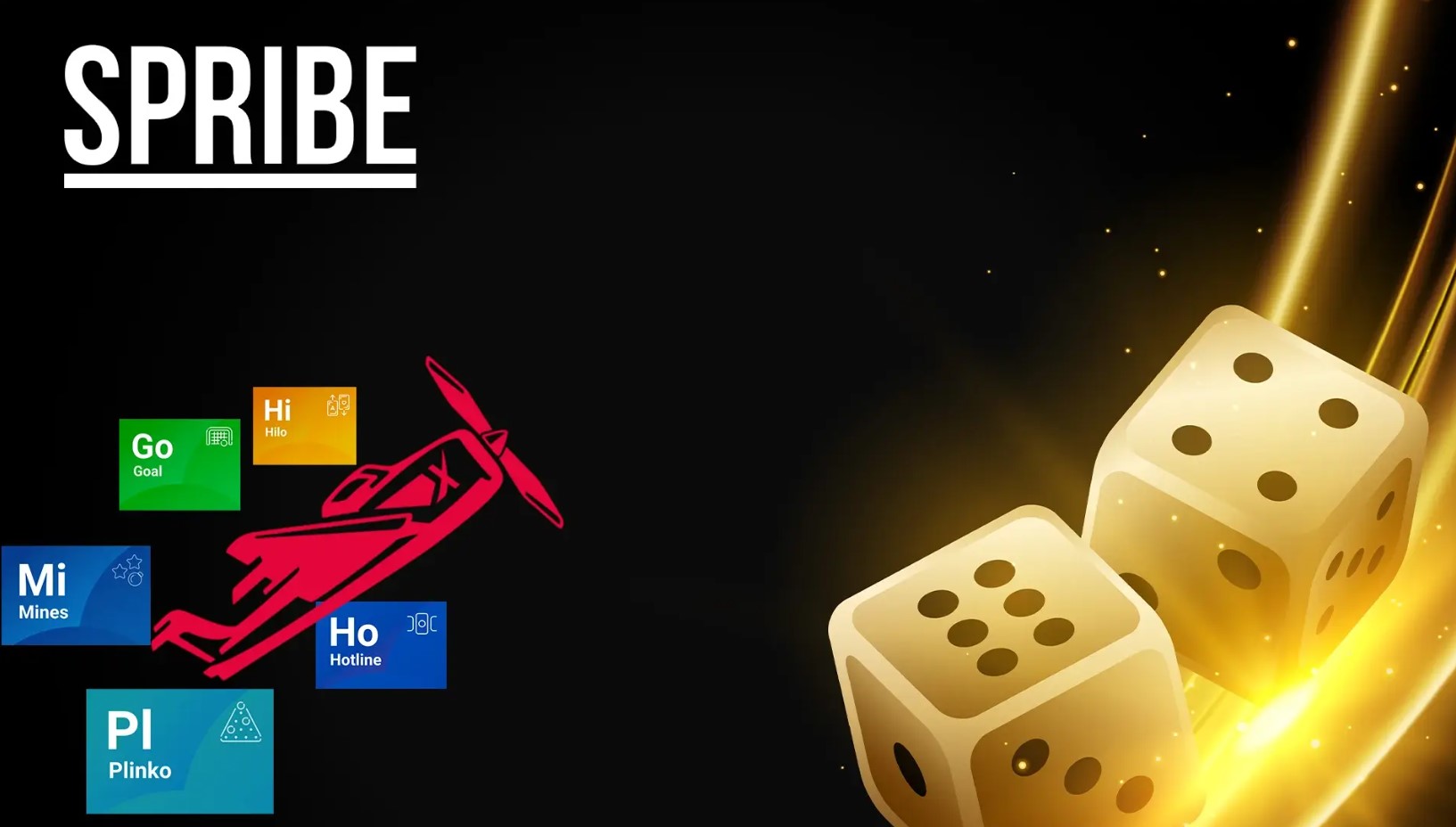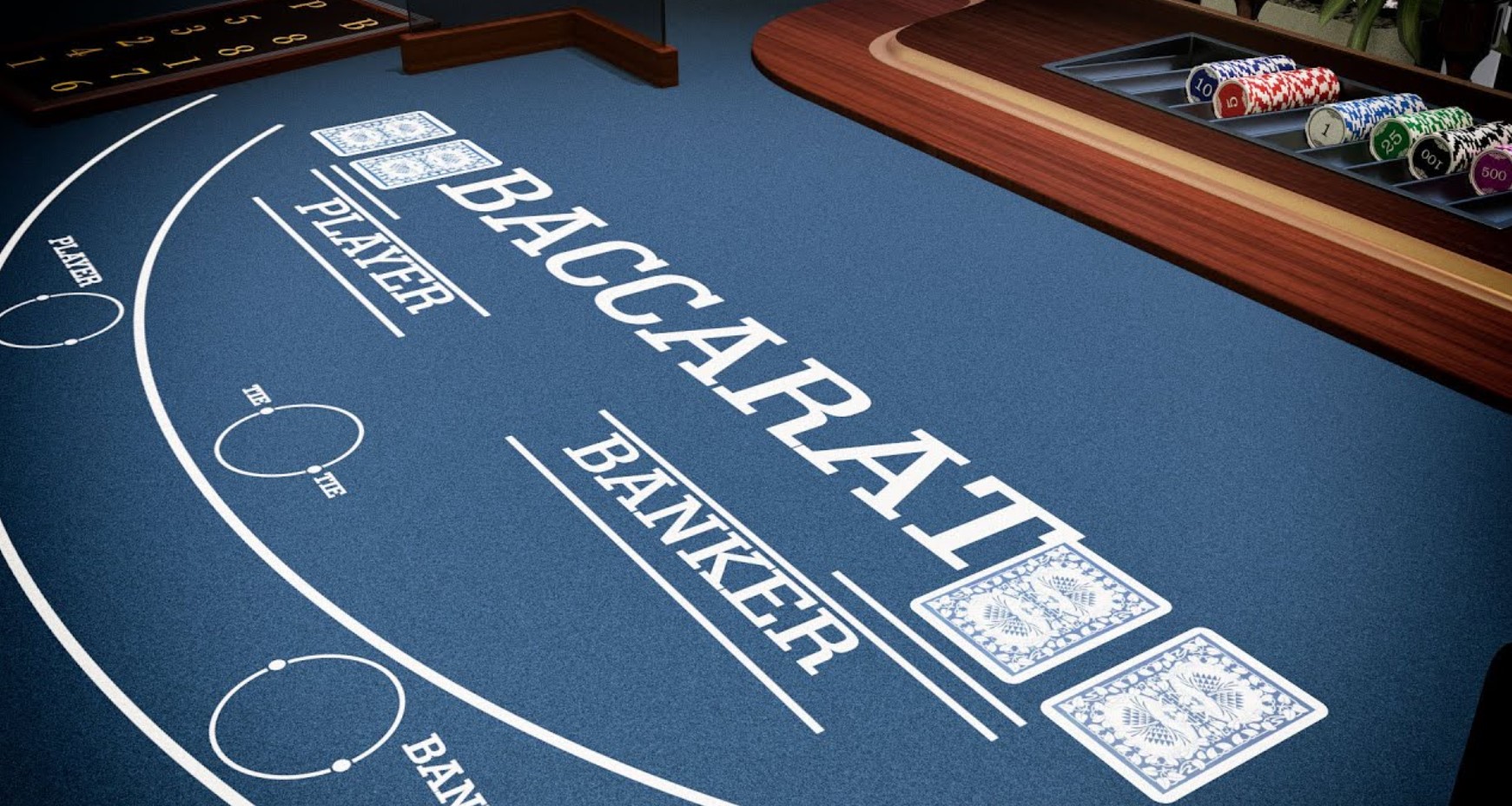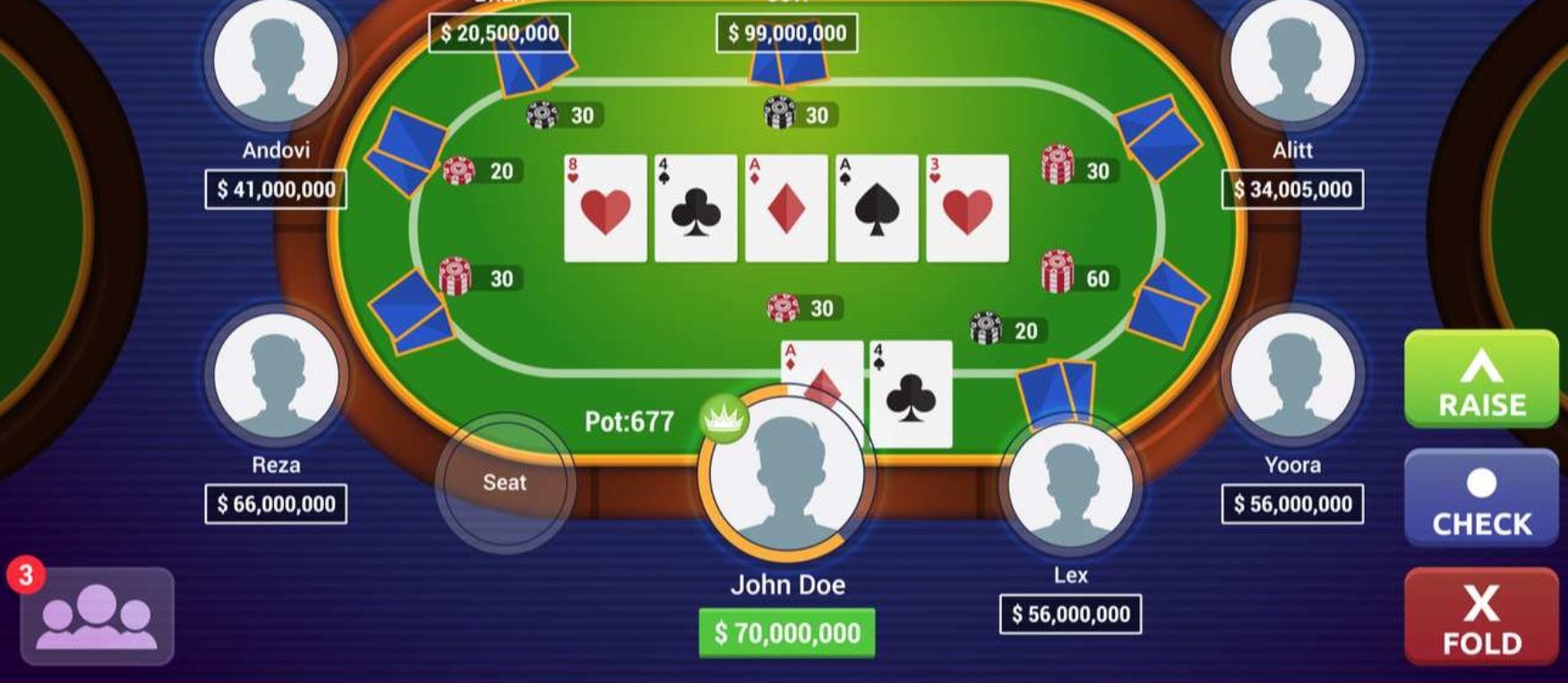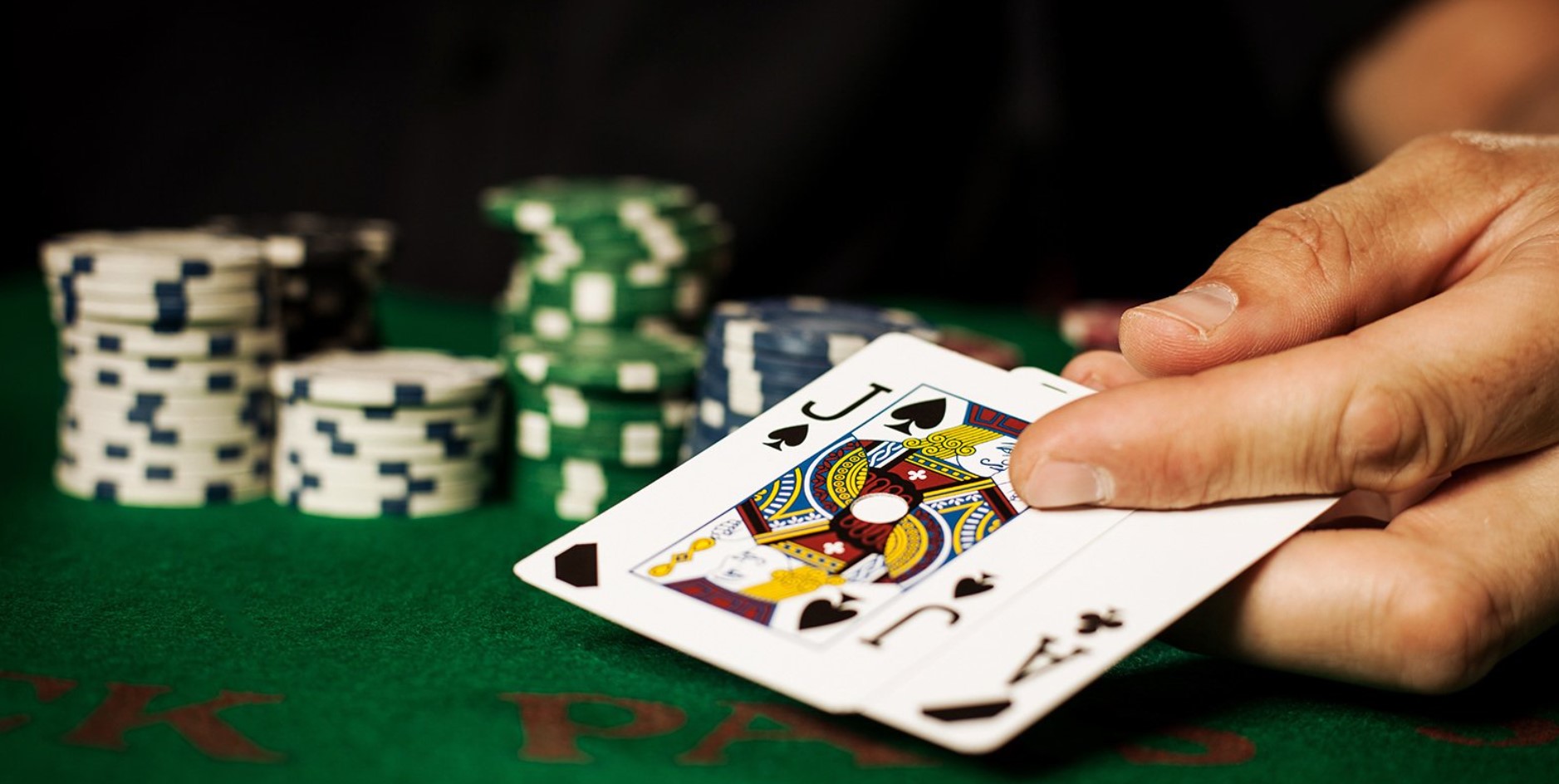A roleta virtual, um dos jogos de cassino mais icônicos, tem uma longa e fascinante história que se estende desde os salões de jogos clássicos até as modernas plataformas de apostas online. Neste artigo, exploraremos a jornada da roleta virtual ao longo dos anos, destacando as mudanças significativas que ocorreram desde sua criação até os dias de hoje.
Os 5 jogos de slots mais populares da NetEnt
Antes de mergulharmos nos jogos em si, é importante entender um pouco mais sobre a NetEnt. Fundada em 1996, esta empresa sueca tem sido uma pioneira na indústria de jogos […]
A influência de Spribe na indústria de slots online
A indústria de slots online está em constante evolução, e uma das empresas que tem tido um impacto significativo nesse setor é a Spribe. Neste artigo, vamos explorar a influência […]
Bacará: o jogo dos grandes apostadores
O bacará é um dos jogos de cartas mais populares em cassinos de todo o mundo. Conhecido como o jogo dos grandes apostadores, ele combina estratégia, sorte e uma dose […]
Como jogar pôquer
O pôquer é um dos jogos de cartas mais populares do mundo, conhecido por sua mistura de estratégia, habilidade e um toque de sorte. Neste artigo, vamos mergulhar fundo no […]
Como jogar Blackjack
Se você está interessado em aprender como jogar blackjack, está no lugar certo. Blackjack é um dos jogos de cartas mais populares em todo o mundo, conhecido por sua simplicidade […]
